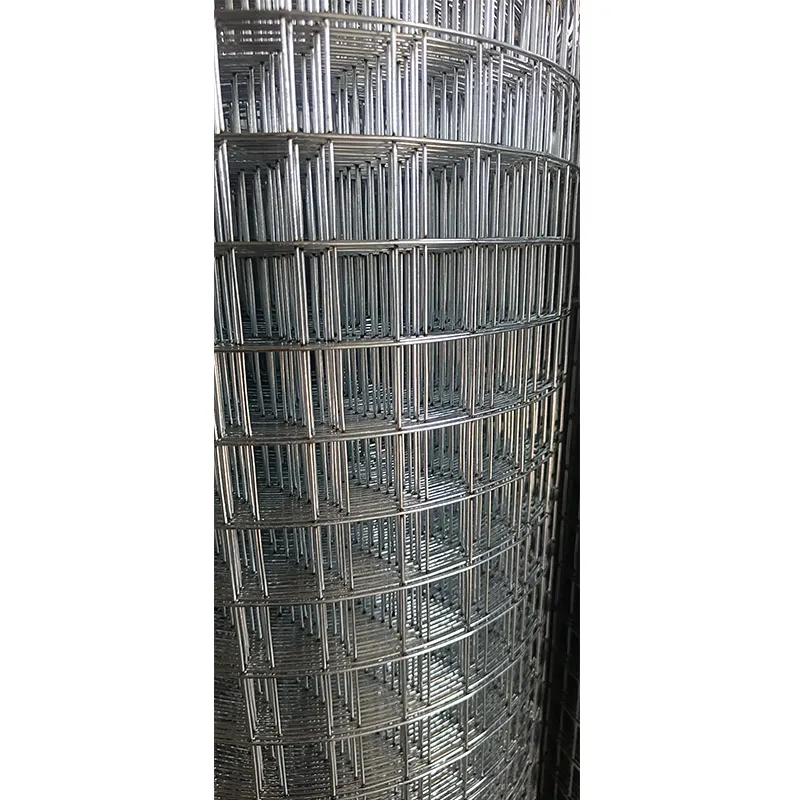Jul . 25, 2024 13:01 Back to list
Exploring the Benefits and Applications of Hexagonal Wire Netting in Various Industries
The Versatility and Utility of Hex Wire Netting
Hex wire netting, often referred to as hexagonal wire mesh, is a versatile and widely used material in various industries, thanks to its unique structural properties and affordability. Made from thin, flexible wire, this netting is woven into a hexagonal pattern that is both strong and lightweight, making it an excellent choice for an array of applications. In this article, we will explore the benefits, applications, and considerations when utilizing hex wire netting.
Composition and Properties
Hex wire netting is primarily constructed from galvanized steel wire or other types of corrosion-resistant materials, which enhance its durability and lifespan. The hexagonal openings allow for efficient airflow while maintaining structural integrity, making it ideal for several uses. The size of the hexagonal openings can vary, allowing customization based on specific requirements, whether it be for agricultural use, construction purposes, or decorative applications.
One of the key properties of hex wire netting is its ability to adapt to different environments. Its corrosion-resistant coating ensures that it withstands rust and degradation over time, making it suitable for both indoor and outdoor applications. Additionally, the flexibility of the wire allows it to conform to various shapes and surfaces, enhancing its usability in multiple contexts.
Applications
Hex wire netting has a broad range of applications, making it a go-to choice for professionals in various fields. One of the most common uses is in agriculture, where it serves as fencing to keep livestock secure and as a protective barrier for crops. The mesh helps deter unwanted animals while allowing beneficial insects to thrive, contributing to a balanced ecosystem.
hex wire netting

In construction, hex wire netting is utilized for reinforcing concrete structures, providing additional strength and stability
. It is often found in the construction of walls, foundations, and even landscaping projects. Furthermore, builders may use it for preventing soil erosion, as it can hold soil together while allowing water to flow through.Moreover, hex wire netting is popular in landscaping and garden design. It can be used to create decorative features, trellises, or even as a barrier to manage erosion on sloped land. Gardeners also appreciate its functionality in supporting climbing plants, providing a sturdy framework for vines and flowers to flourish.
Another noteworthy application is in the creation of animal enclosures. Whether for pets, birds, or other small animals, hex wire netting offers a safe and secure housing solution. Its ability to deter larger predators while keeping smaller animals contained makes it an essential component in animal husbandry.
Considerations
While hex wire netting is exceedingly versatile, there are some considerations to keep in mind before its use. It's essential to select the appropriate wire gauge and mesh size for the specific application to ensure optimal strength and durability. Additionally, proper installation and maintenance are crucial in maximizing its lifespan. Regular inspections can help detect signs of wear or damage, particularly in outdoor settings where exposure to the elements can take a toll on the material.
In conclusion, hex wire netting is an invaluable resource across various industries, owing to its strength, flexibility, and cost-effectiveness. Whether used for agricultural, construction, or decorative purposes, its multifaceted nature proves it to be more than just a practical solution; it is an essential element in many projects. As innovation continues to evolve, we can expect the applications and techniques surrounding hex wire netting to expand further, solidifying its status as a staple in countless endeavors.
-
Weather Resistance Properties of Quality Roofing Nails
NewsAug.01,2025
-
How Galvanised Iron Mesh Resists Corrosion in Harsh Environments
NewsAug.01,2025
-
Creative Landscaping Uses for PVC Coated Wire Mesh Panels
NewsAug.01,2025
-
Common Wire Nail Dimensions and Their Specific Applications
NewsAug.01,2025
-
Choosing the Right Welded Wire Sheets for Agricultural Fencing
NewsAug.01,2025
-
Anti - Climbing Features of Razor Wire Barriers
NewsAug.01,2025









